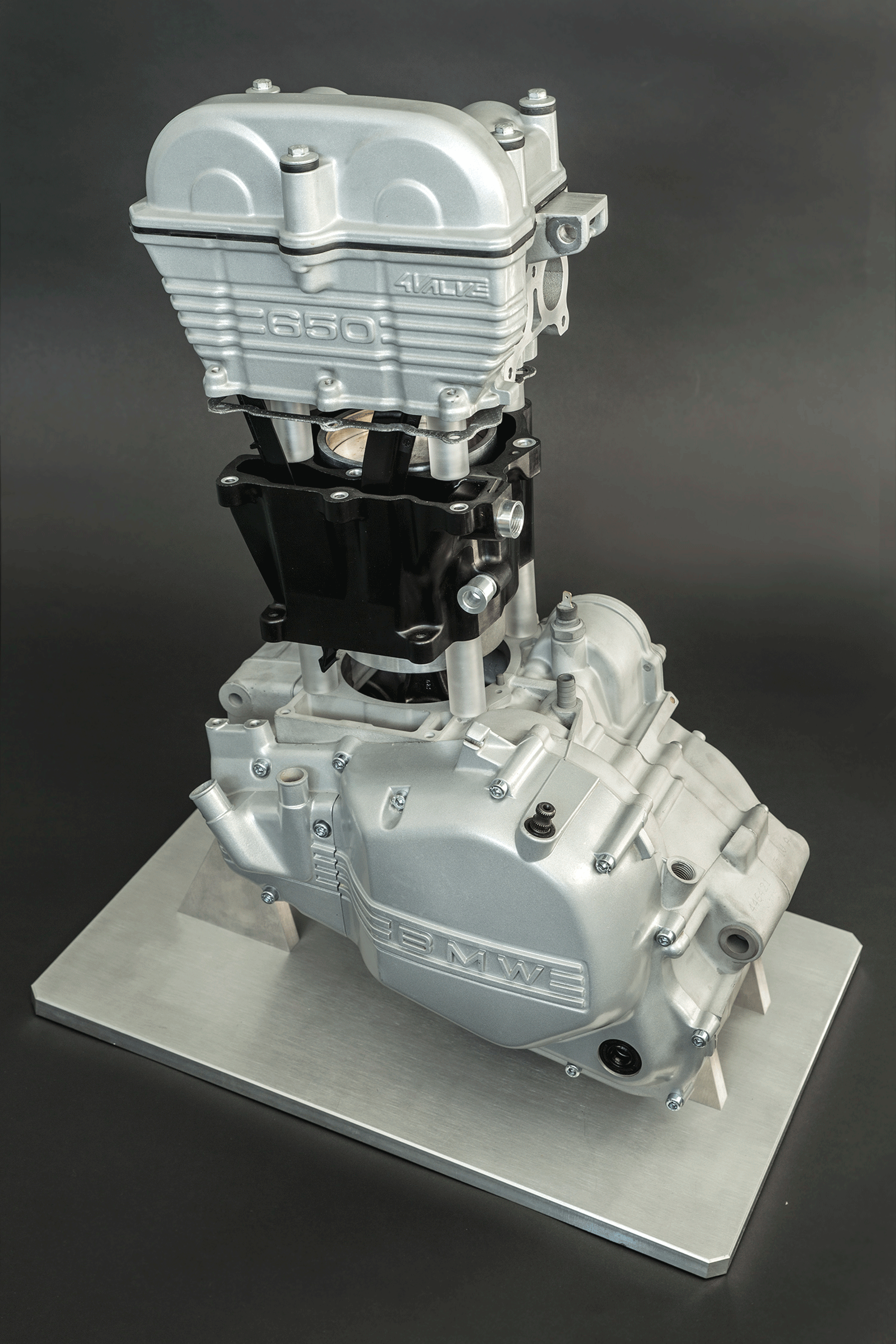
A Fraunhofer project group is developing an experimental vehicle engine featuring fiber-reinforced plastic (FRP) parts that could be lighter than aluminium.
According to the team, engine parts, such as the cylinder casing, could shed up to 20% of its weight if it were made of fiber-reinforced plastic rather than aluminium, without added costs. The injection-molded parts could even be suitable for mass production.
A car’s powertrain system, which includes the engine, accounts for a large proportion of the vehicle’s weight. Until now, carmakers have relied on aluminum to reduce the weight of engine components such as the cylinder block. However, in the future, car manufacturers will be able to achieve further weight savings by designing cylinder blocks in which certain parts are made of fiber-reinforced plastics, the researchers say.
Weight reduction
The Fraunhofer project group for new drive systems (NAS), which forms part of the Fraunhofer Institute for Chemical Technology ICT, in collaboration with SBHPP, the plastics business unit of Sumitomo Bakelite Co Ltd, Japan, have developed the new FRP engine parts.
‘We used a fiber-reinforced composite material to build a cylinder casing for a one-cylinder research engine,’ said Dr Lars-Fredrik Berg, who is the project leader and manager of the research area Lightweight Powertrain Design at the Fraunhofer Project Group for new drive systems.
‘The cylinder casing weighs around 20% less than the equivalent aluminum component, and costs the same.’
The materials used have to be able to withstand extreme temperatures, high pressure and vibrations without suffering damage. While plastics have had these characteristics for some time, until recently it has been possible to produce this types of parts only in a small volume and by investing a lot of effort in the form of manual labour – a no-go for the automotive industry, in which cylinder blocks are mass-produced in millions of units.
Engine design
To ensure that their engine would be sufficiently robust, the researchers looked at the engine design and identified the areas subject to high thermal and mechanical loads, using metal inserts to strengthen their wear resistance. One example is the cylinder liner, inside which the piston moves up and down millions of times during the life of the vehicle. The researchers also modified the geometry of these parts to ensure that the plastic is exposed to as little heat as possible.
The plastic material needs to be sufficiently hard and rigid, and resistant to oil, gasoline and glycol in the cooling water. It must also demonstrate good adherence to the metal inserts and not have a higher thermal expansion coefficient than the metal – otherwise the inserts would separate from the substrate. Berg’s team uses a glass-fiber-reinforced phenolic composite developed by SBHPP, which fulfills all of these requirements and comprises 55% fibers and 45% resin. A lighter-weight but more expensive alternative is to use a carbon-fiber-reinforced composite – the choice depends on whether the carmaker wishes to optimize the engine in terms of costs or in terms of weight.
This story is reprinted from material from Fraunhofer, with editorial changes made by Materials Today. The views expressed in this article do not necessarily represent those of Elsevier.





